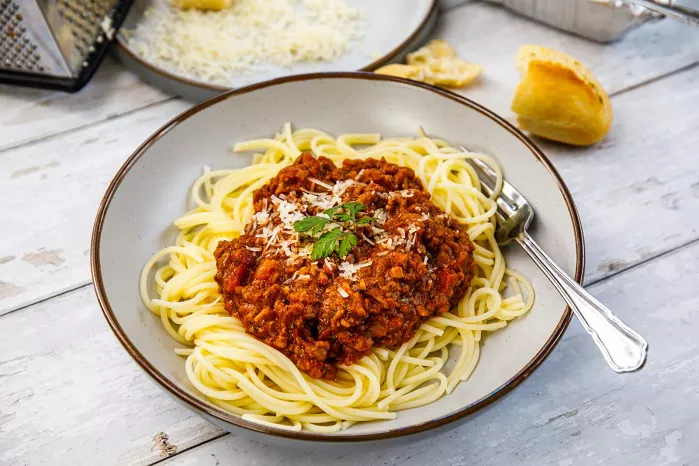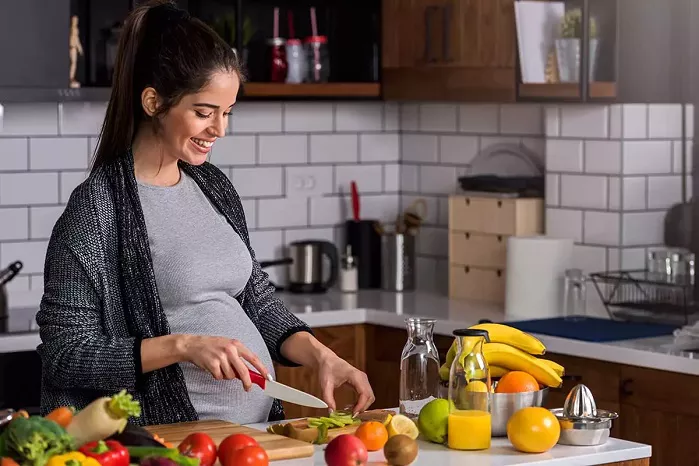Cooked spaghetti is a beloved staple in many households. Whether it’s your grandma’s secret sauce recipe or a quick and easy meal after a busy day, spaghetti holds a special place on our dinner tables. But what happens when you’ve cooked too much spaghetti and don’t want it to go to waste? Can you freeze it for later use? In this article, we’ll explore the ins and outs of freezing cooked spaghetti, providing you with all the information you need to enjoy this Italian favorite even when you’re in a time crunch.
Why Freeze Cooked Spaghetti?
Convenience: Freezing cooked spaghetti allows you to have a quick and easy meal ready in minutes when you’re short on time.
Reducing Food Waste: It’s an excellent way to prevent perfectly good food from going to waste, especially when you’ve made too much.
Meal Planning: Frozen cooked spaghetti can be a valuable addition to your meal planning repertoire, offering versatility in your weekly menu.
Proper Freezing Techniques
Cooling Down: After cooking your spaghetti, allow it to cool down to room temperature. This helps prevent condensation and ice crystals from forming inside the packaging.
Portion Control: Divide the cooked spaghetti into portion-sized servings. This makes it easier to thaw and use only what you need without having to defrost the entire batch.
Packaging: Use airtight containers or heavy-duty freezer bags to store the spaghetti. Remove as much air as possible to prevent freezer burn.
Labeling: Don’t forget to label the containers or bags with the date of freezing. This ensures you can keep track of how long it’s been in the freezer.
Benefits of Freezing Cooked Spaghetti
Freezing cooked spaghetti comes with several benefits, making it a valuable addition to your kitchen repertoire.
Time-Saving: Having frozen cooked spaghetti on hand means you can prepare a meal in a flash. No need to boil water and wait for the pasta to cook.
Reduced Food Waste: It’s a sustainable choice that helps you reduce food waste by preserving excess pasta.
Meal Versatility: Frozen spaghetti can be used in various recipes, from simple spaghetti aglio e olio to hearty casseroles and baked dishes.
Emergency Meals: It’s a lifesaver on busy days or when unexpected guests drop by. A delicious meal is just a freezer away.
Drawbacks to Keep in Mind
While freezing cooked spaghetti offers many advantages, there are a few drawbacks to consider.
Texture Changes: Thawed spaghetti may have a slightly different texture than freshly cooked pasta. However, this is often unnoticeable when incorporated into dishes.
Sauce Separation: If you’ve frozen spaghetti with sauce, be prepared for the possibility of sauce separation. Simply reheat and mix well to restore the consistency.
Storage Space: Freezing spaghetti requires storage space in your freezer, so make sure you have room before batch-cooking.
How to Thaw and Reheat Frozen Spaghetti
When it’s time to enjoy your frozen cooked spaghetti, follow these simple steps to ensure it tastes just as delicious as when it was first cooked:
Thawing: Transfer the frozen spaghetti to the refrigerator and allow it to thaw overnight. For a quicker thaw, you can use the defrost function on your microwave.
Reheating: Reheat the thawed spaghetti in a saucepan over low to medium heat, stirring occasionally. You can also microwave it in short intervals, mixing between each burst of heat.
Add Fresh Ingredients: To enhance the flavor, consider adding fresh herbs, grated cheese, or a drizzle of olive oil when reheating.
Conclusion
In conclusion, freezing cooked spaghetti is a smart kitchen hack that can save you time, reduce food waste, and provide meal-planning flexibility. By following proper freezing techniques and taking note of the potential drawbacks, you can enjoy the convenience of having a stash of delicious pasta ready whenever you need it.























